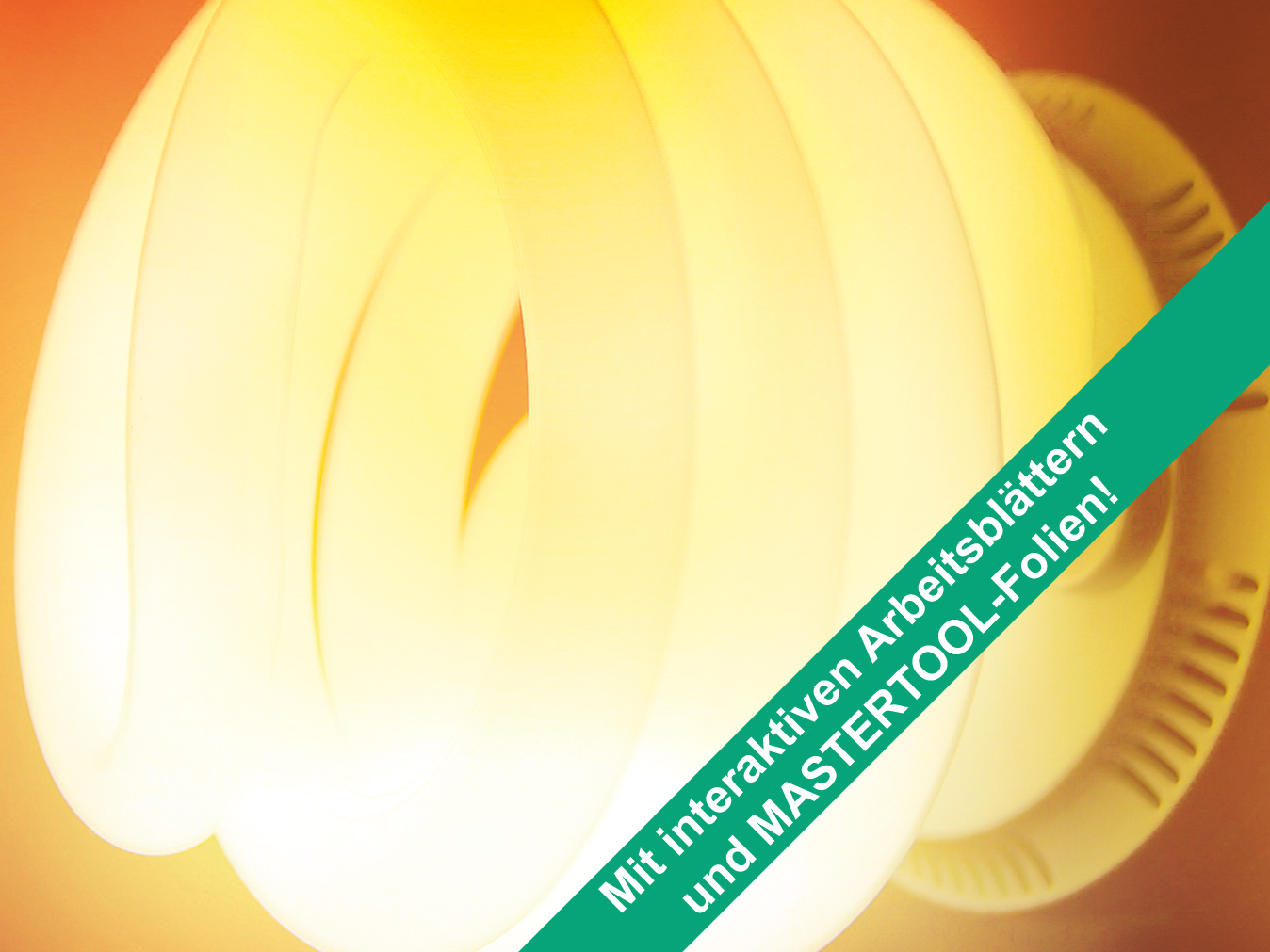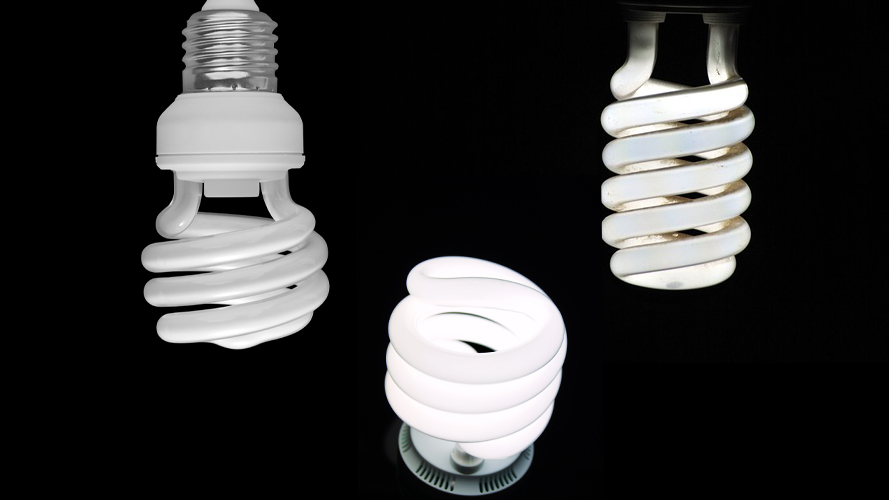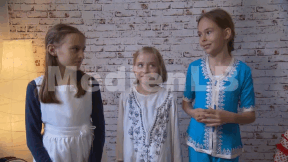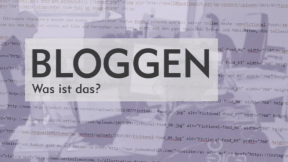 Ecological
Ecological

4671726 / 5561524
Energy-saving Lamps
Light through Changing Times
Energy-saving lamps are energy-efficient illuminants which will step by step replace energy-intensive illuminants. This replacement has been laid down in an EU framework directive. This directive has resulted in two laws, according to which, for example, conventional light bulbs are to be replaced by energy-efficient lamps such as compact fluorescent or halogen lamps. Various types of energy-saving lamps and their production are shown in the film. It illustrates how they are disposed of according to the rules and how the recycling process continues. Moreover, the aspect of further research is looked into. For example lamps are being designed that will not contain the hazardous substance mercury anymore. This will be a revolutionary technology!
Play trailer
Curriculum-centred and oriented towards educational standards
Matching
Air Traffic
Being able to fly has been a dream of humanity from time immemorial. But it does not even date back a century that people actually started being able to travel through the air. Since the 1960s, the number of flight passengers has been constantly increasing. Thus, the airspace is no longer dominated by birds but by man-made flying objects.
Blogging
The weblog or blog, for short, as a medium is not much older than this century. Blogs came into being in the World Wide Web as ’messages from below’, as web pages from web creators who wanted to share their view of the world with the world. They are short notes, long texts, pictures, videos, which are posted loosely and at random intervals to the world for an undefined public.









